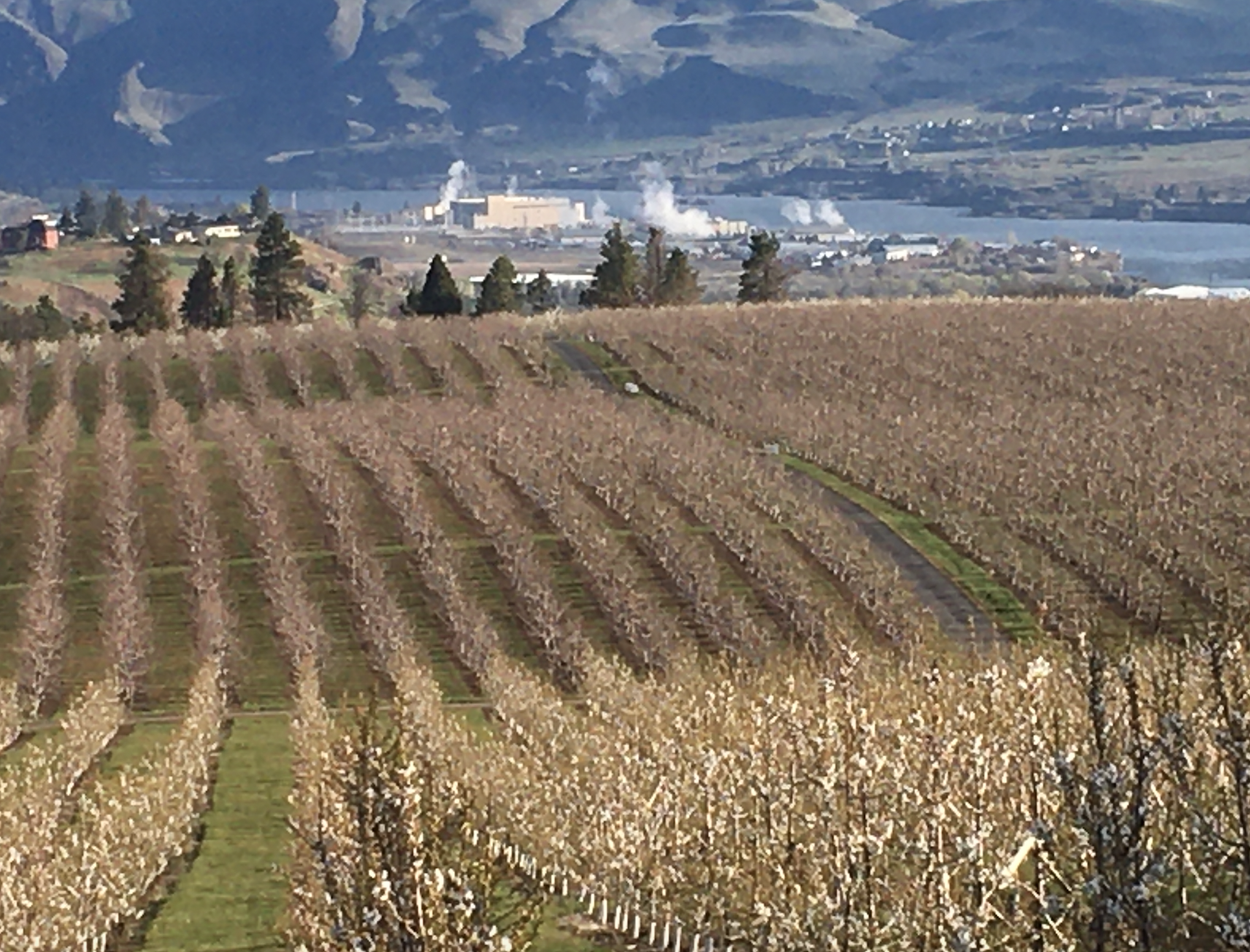The first day of fall has arrived, bringing with it crisp mornings and the unmistakable blue skies of September. Out here in the orchard, the rhythm of the seasons reminds me that change is constant. Blossoms turn to fruit, harvest gives way to rest, and nothing — not even the land — stays the same for long.
Yet this year, that change feels heavier. Oregon is weathering what economists are calling a historic wave of layoffs. Intel has shed nearly 2,400 jobs in Washington County. UPS, Wells Fargo, Fred Meyer, and Albertsons have all announced cuts of their own. Altogether, more than 11,000 Oregonians have lost their jobs since early 2024 — the largest downturn since the Great Recession.
From this tractor seat, those aren’t just numbers. They’re families wondering how to pay rent, neighbors tightening their belts, and young people reconsidering their futures. Farmers know the ache of a bad harvest — it’s the same pain workers feel when their livelihoods vanish.
Also Read
Searching for the Cause
It’s easy to point fingers. Some blame the Corporate Activity Tax or the state’s labor regulations. Others cite corporate greed or global economic forces. Each theory holds a sliver of truth, but the reality runs deeper than any single policy or politician.
Oregon’s foundation was built on its resources — timber, wheat, salmon, pears, aluminum, and eventually, microchips. These industries fueled our economy, funded our schools, and kept small towns alive. For generations, prosperity came from what Oregonians could grow, harvest, and craft with their own hands.
The Shift in Oregon’s Values
In the 1970s, Oregon began to redefine itself. Senate Bill 100 established urban growth boundaries. Landmark environmental protections preserved rivers and forests. The state became known not just for production, but for preservation. These were visionary choices — and few would trade Oregon’s natural beauty for anything.
But as with all choices, there were trade-offs. Urban growth boundaries made housing and industrial land scarcer and more expensive. Hydropower — once a symbol of cheap, clean energy — became entangled in environmental restrictions. Public schools slipped, and with them, the skilled workforce employers depend on.
Meanwhile, as Oregon’s politics turned more urban and progressive, industries like farming, forestry, and manufacturing felt increasingly sidelined.
The Cracks in the System
For a while, the tech boom papered over those cracks. Newcomers arrived, drawn by Oregon’s lifestyle and values. But when global markets shift — when Intel restructures or retailers pull back — those cracks widen. Suddenly, the state’s vulnerabilities show: too many regulations, not enough resilience; too many taxes, not enough tools; too much preservation, not enough prosperity.
A Turning Point for Oregon
Now, as autumn settles in and orchards grow quiet, Oregon stands at a crossroads. The path forward requires balance. The state must protect its rivers and farmlands and nurture industries that sustain its people. Prosperity and preservation should not be opposing forces — they must work hand in hand.
Oregonians deserve both environmental beauty and economic stability. Workers need not just fair wages, but steady employment. Communities need both open spaces and open opportunities.
The recent layoffs are more than a hardship — they are a warning. Oregon’s social and economic fabric is fraying. If we fail to mend it, more threads will unravel: jobs, industries, and the confidence that once defined this state.
But if we remember what built Oregon — the spirit of hard work, respect for the land, and belief in renewal — we can weave something stronger.
From this tractor seat, watching the leaves fall and the light fade, I still believe Oregon’s best seasons lie ahead. The time to mend the seams is now.












